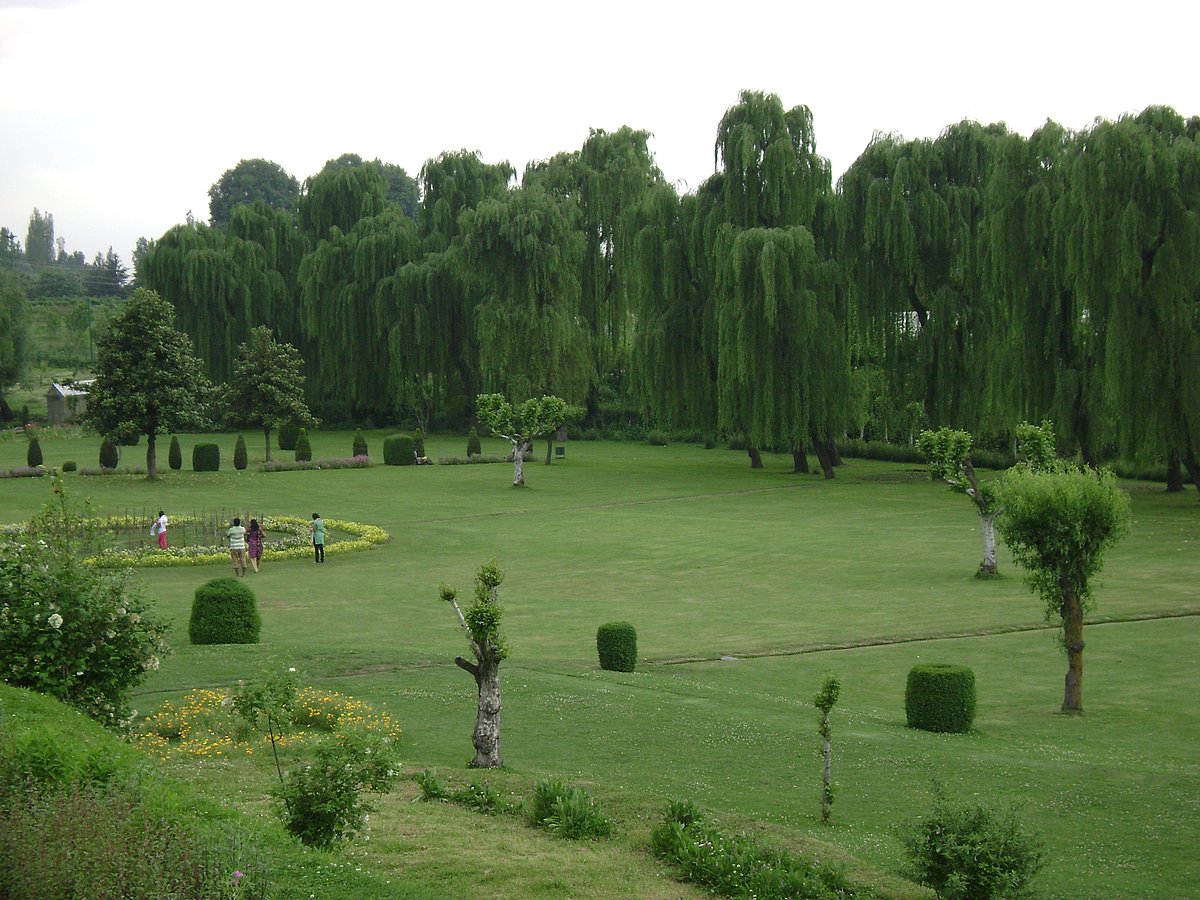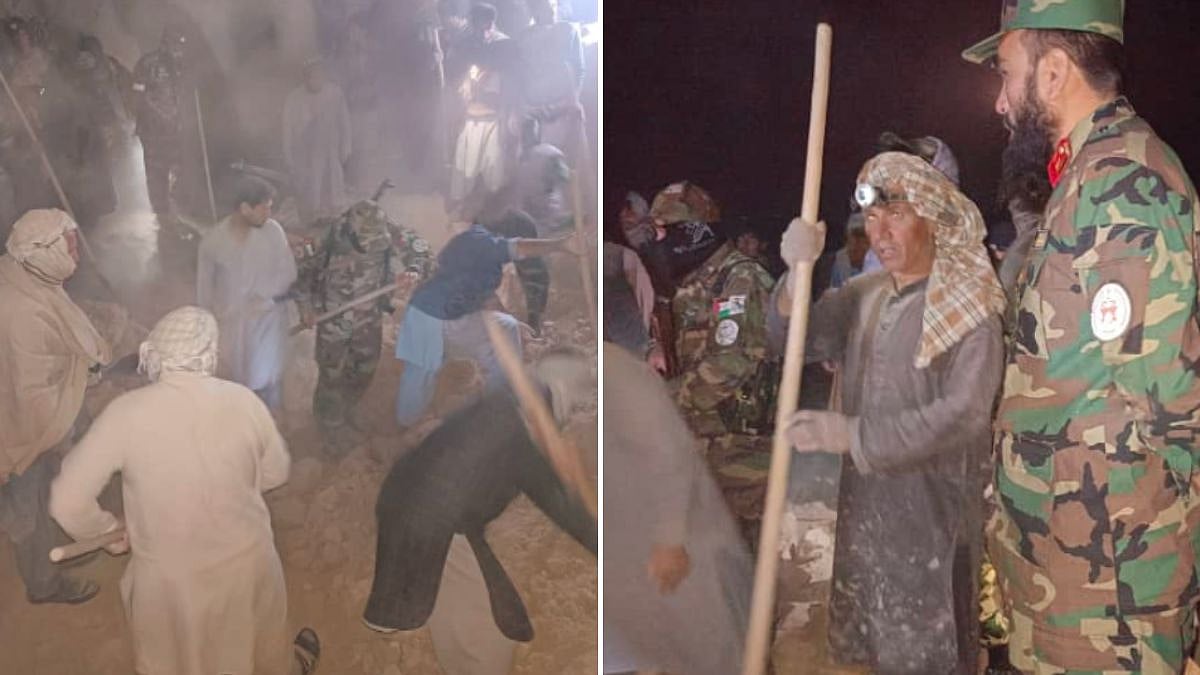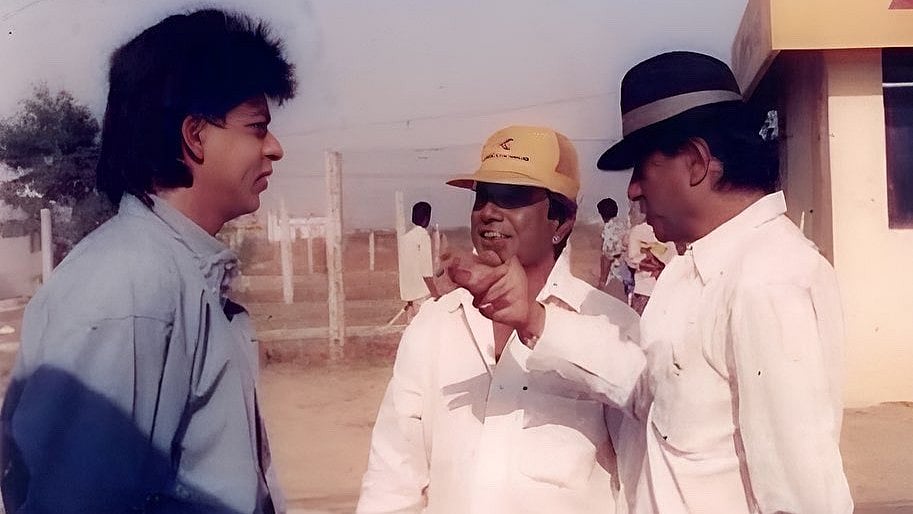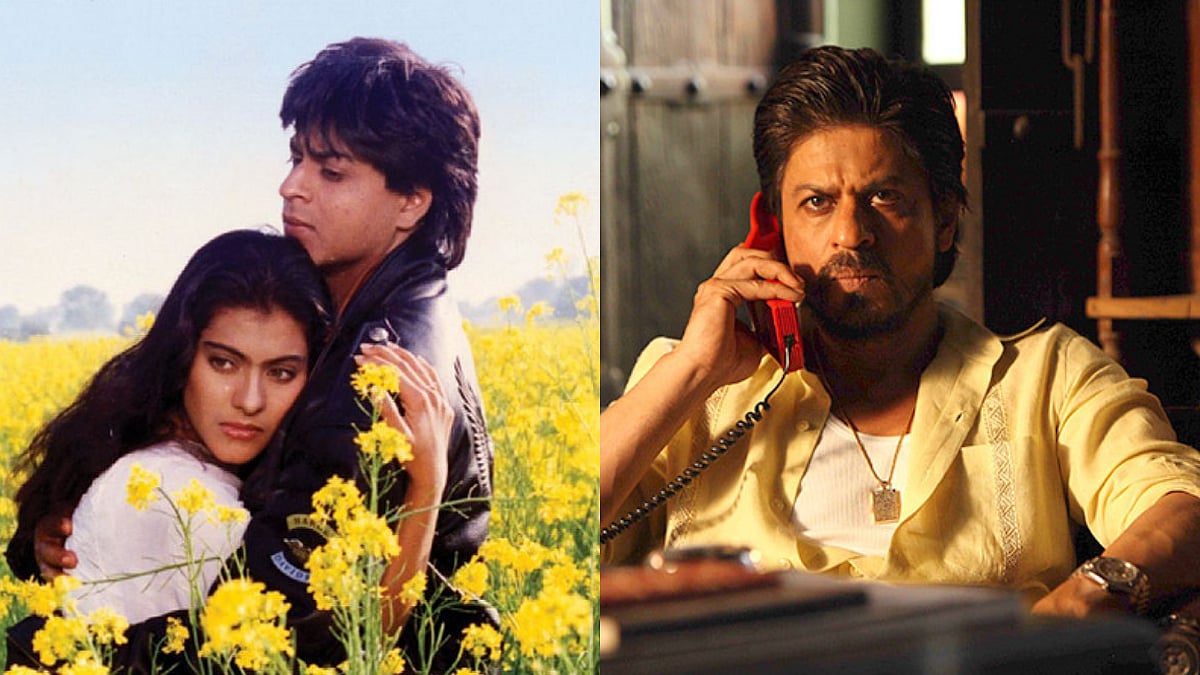Parbaton ke darmiyan hain/ Jannaton ke darmiyanhain / Aajke din hum yahaan hain/ Saathi yeh hamaari taqdeer hai.
I have had the good fortune of visiting Kashmir twice. The first time was in 1986, when as a teen I visited Delhi, Agra and Srinagar. Thirty years later, I was curious to see if the valley was as splendiferous as then and was eager to visit again. Besides, there was this longing to visit with my wife and children, who had never been there.
Ahh, the Kashmir valley — the copybook depiction of a valley — mountains, rivers, streams, brooks, lakes, snow, waterfalls, green meadows, gardens and the trees and the invigorating, cool, crisp mountain air. As our flight was on its way to Srinagar, there was a heavy downpour and turbulence, causing the pilot to announce that we might have to return to Delhi. Our hearts sank. So close and yet so far, we thought.
Mercifully, the weather improved and as the plane was landing, my wife was delighted to see roses, lots of them, just as she had imagined it would be in Kashmir. At the homestay, we were welcomed by our hosts with Kahwa tea and biscuits. We spent the evening strolling by Dal Lake.
The magnificent gardens of Srinagar are a sight to behold, with their terraced lawns, cascading fountains and the panoramic view of the Dal Lake. These include the three Mughal gardens of Chashm-e-Shahi, Shalimar and Nishat Bagh. Shalimar Garden runs through three terraces, dotted with Chinar trees and fountains. Nishat Bagh, or the Garden of Delight, has a magnificent open view of the lake and the snow-capped Pir Panjal range. Some splendid and massive Chinars grow in the garden.

Nehru Memorial Botanical Garden |
Then, there is Pari Mahal, overlooking Dal Lake, offering breathtaking views of the city. The song Tum Aa Gaye Ho from Aandhi was lavishly shot here, I am told. But the surprise package of our day was the Nehru Memorial Botanical Garden, home to around 15,000 plants and oak varieties. It was bliss to wander amidst the majestic weeping willows.
Earlier in the day, we had visited the Shankaracharya temple, with steep steps to the top and a narrow entrance to the sanctum sanctorum — breath-taking indeed, pun intended. The late afternoon was spent taking a shikara tour of the Dal Lake, a complimentary treat, courtesy our homestay.

Gulmarg |
There had been a new development in Gulmarg since my first visit. The Gulmarg Gondola had become operational from 2005. This engineering marvel is the second longest and second highest cable car in the whole world. It ferries tourists to a height of 13,780ft in two phases — first, from Gulmarg to Kangdoori and from Kangdoori to Apharwat.
On our way to Gulmarg, we rented snow boots and at the parking lot, hired a tourist guide. The one-km walk from the parking lot to the ticketing office itself offers spectacular views of the Valley. Phase Two of the gondola ride brought us to the snow-covered Apharwat peak. Being novices at skiing, we had to find experts to ferry us around. An approximately 20-minute walk or a trip in tow with a professional skier brings you to the last point, where you can see the LoC with Pakistan.

View from Apharwat Peak |
At the last point, the Apharwat offered us a panoramic view of the Nanda Devi peak and the Pir Pinjals - the latter looking exactly like chocolate cake topped with vanilla ice cream. We still fondly remember Maqbool, our hazel-eyed guide, who kept assuring my wife to just hold his hand on the ski and she would not fall.
Going to Pahalgam entails at the very least, a night’s stay. On our way, we stopped by at Pampore to pick up saffron and walnuts. As you approach Pahalgam, the Lidder River accompanies you, and there’s no taking your eyes off the glistening, emerald waters. The town itself is very picturesque - innumerable movie scenes have been shot here — and the late afternoon was spent just admiring the panoramic vistas from atop the hotel. Sightseeing in Pahalgam is done only through local cars.
We had to rent one the following day, to visit the Chandanwari, Betaab and Aru valleys. Chandanwari is the starting point for the Amarnath Yatra and true to its name, Glacier Point has plenty of snow. The winding roads, the tall trees and the sight of the Lidder river at each bend, coupled with the refreshing mountain air make for a most mesmerising drive. It is a photographer’s delight and was clearly the highlight of the entire trip.

Martanda Sun Temple, Anantnag |
We left Pahalgam early afternoon and returned to Srinagar. On the way, we visited the Martanda Sun temple. Bismil from Haider was on our lips, as was Tere Bina Zindagi Se from Aandhi. How could we have not set foot there, having come this far. The temple is situated five kilometres from Anantnag and is mostly in ruins. It was eerie to find this imposing piece of ancient history (built in the 8th century), nestled in the green vegetation, just popping out at us, familiar, yet not familiar. That cloudy afternoon, we were transported to a bygone era. A long-cherished dream to be here was fulfilled.
On the last day of our trip, we had to choose between visiting Sonamarg or Doodhpatri. I had visited Sonamarg on my trip in 1986 and since by now, my wife had developed a spasm in her left leg, making climbing difficult for her, we decided on the latter. Doodhpatri (‘valley of milk’) is a bowl-shaped valley, named so, for the milky appearance of the water flowing in the streams there. In many ways, it is the joker in the pack. Not being as widely acclaimed as the other places in Kashmir should in no way detract from its alpine marvels — green meadows, pine firs, deodars, daisies, forget-me-nots and buttercups.

Shaliganga river, Doodhpatri |
Five minutes from the parking lot, water from the Shaliganga river cascades down the pebbles. Sitting on the rocks, watching the crystal-clear waters flow and lap the rocks, breathing the pine-fresh air, dipping our hands and soaking our feet in the clear, icy water was bliss. Perhaps this is what is meant by the saying, if there is paradise on earth, it’s here, here, here.
Last stop: Hazratbal mosque, on the northern bank of Dal Lake. We basked in the quiet of the serene surroundings and carried away in our hearts some of the peace it exuded.
(The writer is a former R&D scientist, a sports, music and travel enthusiast)










